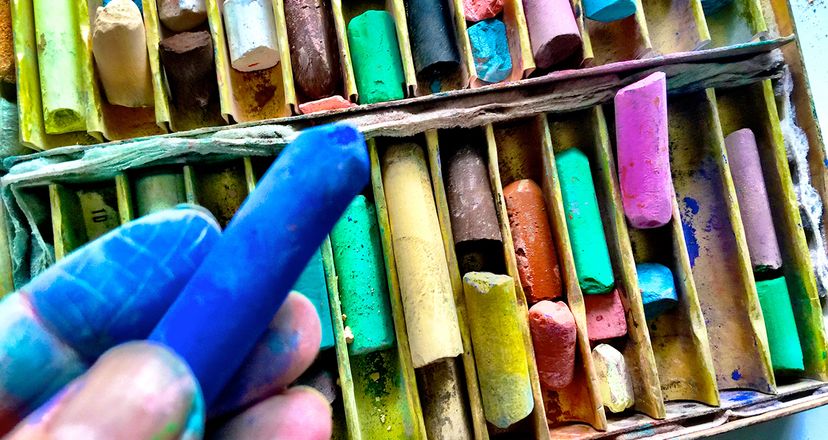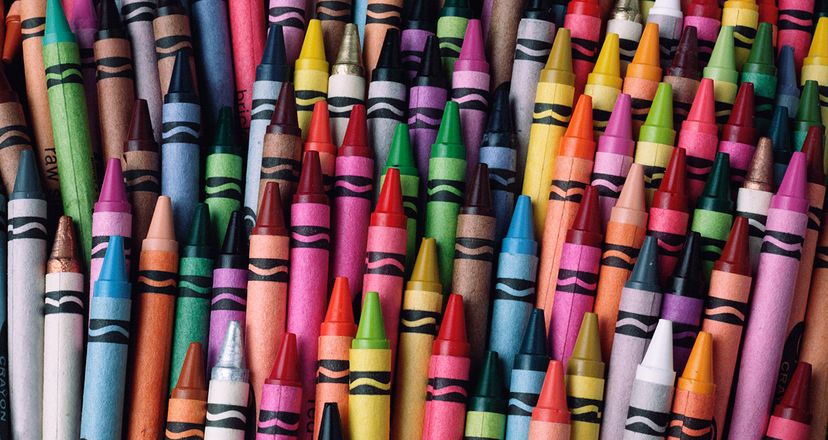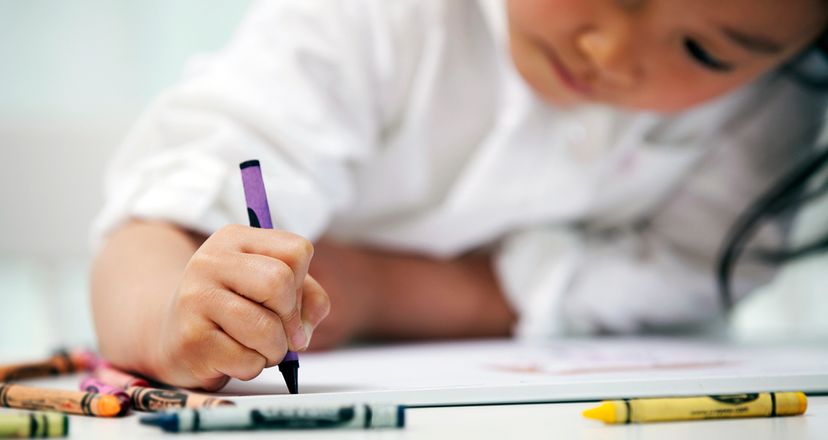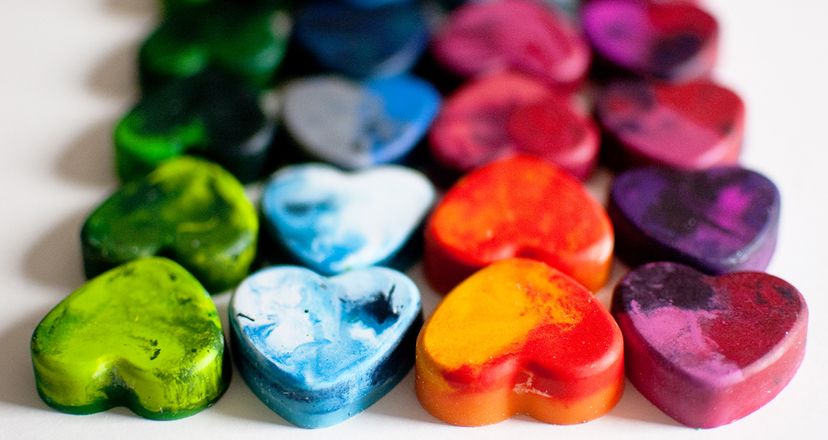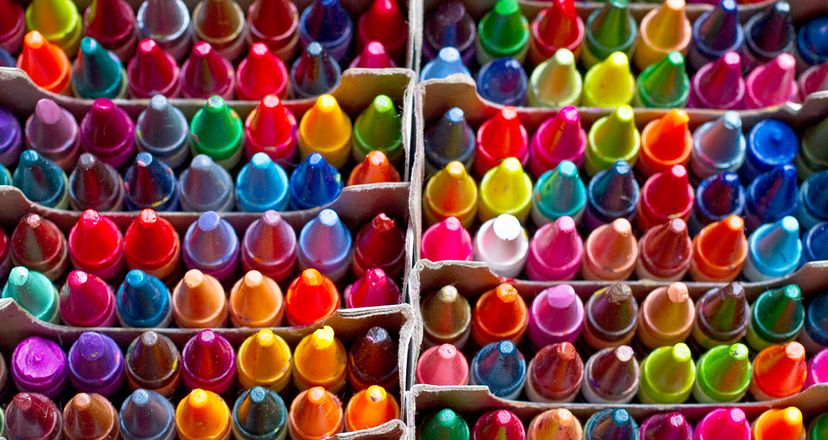
Duncan's just a typical kid who likes making pictures. He scribbles and colors and draws with no thought to the consequences for his chosen medium — the humble crayon. But the crayons have had enough. Tired of being taken for granted, the little sticks of wax and pigment band together and find it within themselves to compose a series of letters explaining how ill-used they feel. While they stop short of actually unionizing, there's no doubt that this is a form of collective bargaining as each color takes a moment to enumerate its particular woes.
Red Crayon is first, pointing out that being Duncan's favorite color has significant downsides: namely fatigue. Tidy Purple Crayon protests being scribbled outside the lines and beige would like to be used for coloring more than just roasted turkeys or shafts of wheat. Like Red, Gray Crayon feels overworked due to the large animals it pigments (elephants, hippos, rhinos). White is experiencing an existential crisis, Black is tired of being featured only in outlines, Yellow and Orange dispute the true color of the sun, Blue is a dwindling stub thanks to endless representation of large bodies of water, Pink feels type-cast as a "girl's color" and Peach would like its wrapping back. Only Green is content with its lot in life.
Advertisement
This is the storyline of the already classic kid's book, "The Day the Crayons Quit," by Drew Daywalt and Oliver Jeffers. Charming and hilarious, the book is indicative of how completely crayons have been established as the media of choice for kids' art. This association has been so thoroughly baked into the collective culture that it's nearly impossible to imagine a time before kids had ready access to a nearly endless array of colors in a box of crayons. But that time did exist, and it wasn't all that long ago.
Advertisement
